 6 years ago
6 years ago
The 1902 Streetcar Strike Roils Pawtucket
Rhode Island once had a mass transit system that crisscrossed the state. Workers took horsecars and electric streetcars from their tenements to the mills and factories during the week. On …
Read More
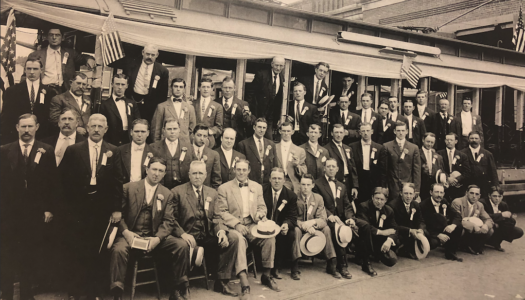 6 years ago
6 years ago
Providence’s First Trolley in 1892
The pioneering Union (Horse) Railroad Company, Rhode Island’s largest mass transit carrier, survived several competitive scares in the late 1880s. The town of Woonsocket had hosted the first regular electric …
Read More
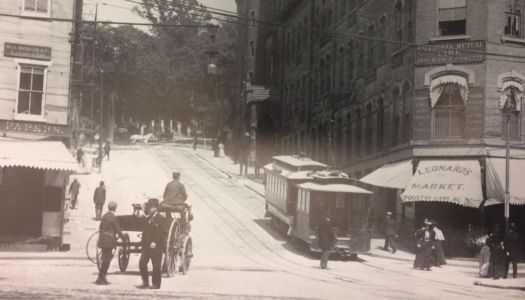 6 years ago
6 years ago
The Providence East Side Cable Tramway Becomes a Reality
Building of the Providence Cable Tramway in 1889 fascinated Rhode Islanders. A power house on South Angell Street, near the Seekonk River, pulled 17,000 feet of cable more than an …
Read More
 6 years ago
6 years ago
The First Rhode Island Electric Trolleys: Woonsocket and Newport
The character and deportment of the Union Railroad’s drivers and conductors won the carrier legions of patrons. The horsecar enterprise, however, was an urban system that operated within a few …
Read More
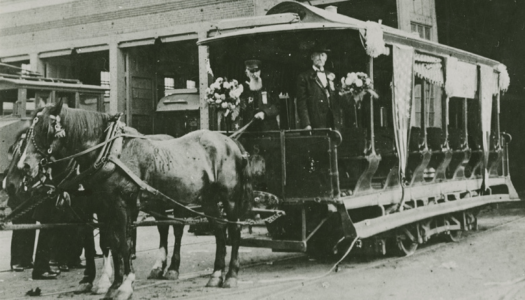 7 years ago
7 years ago
Horsecar Drivers & Customers
Passengers and carmen enjoyed a close, personal rapport during the horsecar period. Despite a company prohibition against “unnecessary conversation with passengers,” both drivers and conductors cultivated a clientele almost like …
Read More
 7 years ago
7 years ago
Horsecar Workers
The Sprague Brothers’ Union (Horse) Railroad decided to hire the best available personnel by paying generous wages. Horsecar workers received a two-dollar-a-day salary at the inception of service in 1864. …
Read More
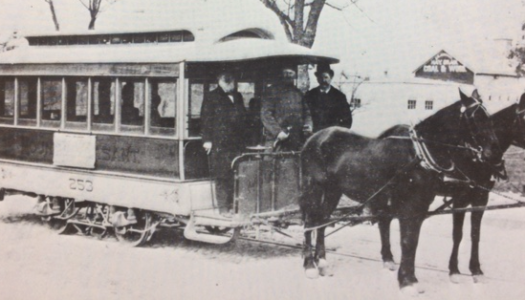 7 years ago
7 years ago
Rhode Island’s First Horsecar, Providence to Pawtucket
Providence was ready to experiment with a new form of transportation at the end of the Civil War, a means of travel popularized in several other Metropolitan areas. New York …
Read More
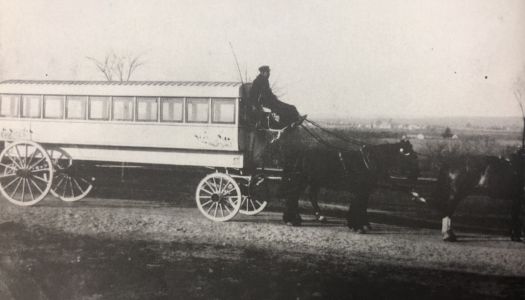 7 years ago
7 years ago
The Omnibus in Rhode Island: Crucial Urban Link
As the stagecoach disappeared from the urban scene with bittersweet memories for drivers and passengers, it was replaced temporarily by the next stage in the evolution of local mass transit—the …
Read More
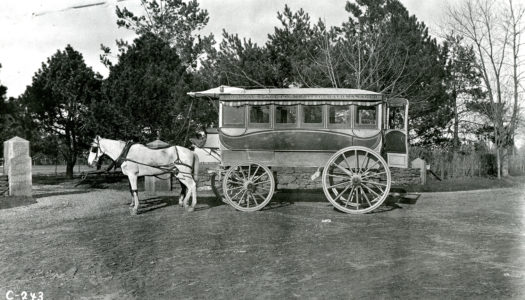 7 years ago
7 years ago
From Early Turnpikes to the Stagecoaches
Most public bus routes that crisscross Rhode Island today overlay track beds that once supported-electric trolleys and horsecars. Before the railways, the rickety omnibus and its rough and tumble predecessor, …
Read More
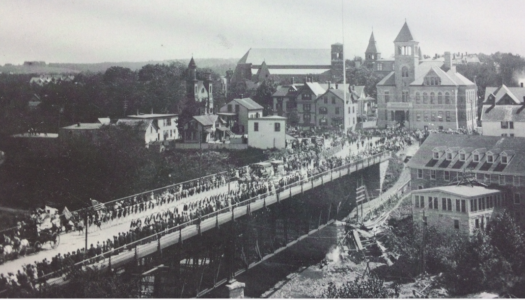 7 years ago
7 years ago
Rhode Island Celebrates 125th Anniversary of Its First Labor Day Parade
Two thousand workers marched in to history 125 years ago when they participated in the state’s first Labor Day parade in 1893 in Providence, while a crowd of ten thousand …
Read More




















